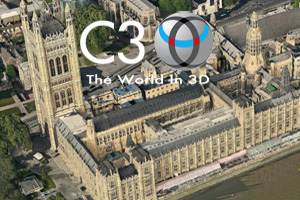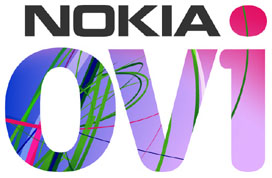
#Ideas
#Science
The art of geographic data
Geographic data which we know are mostly rasters or vectors. Tables. Attributes. Numbers. All very analytic. For some people boring. But is there a beauty in it? Not a beauty for a scientist but in a general sense… Is there an art of geographic data? Aaron Koblin – artist specializing in data and digital technologies – proved that its true. In his project called ‘Flight Patterns’ Koblin visualized airplane traffic over North America over 24h.
And the image of Atlanta International Airport:
We can see how the pattern is changing over time due to different time zones of east and west US.
Do you still have any doubts that geographic data can be an art?
source: Aaron Koblin

#Ideas
#Ideas
#People
#Satellites
#Science
AI Assistance in Creating 3D City Visualizations
#Business
#Featured
#Ideas
#Science
Harnessing the Power of 30cm Satellite Data for Construction Mega Projects








